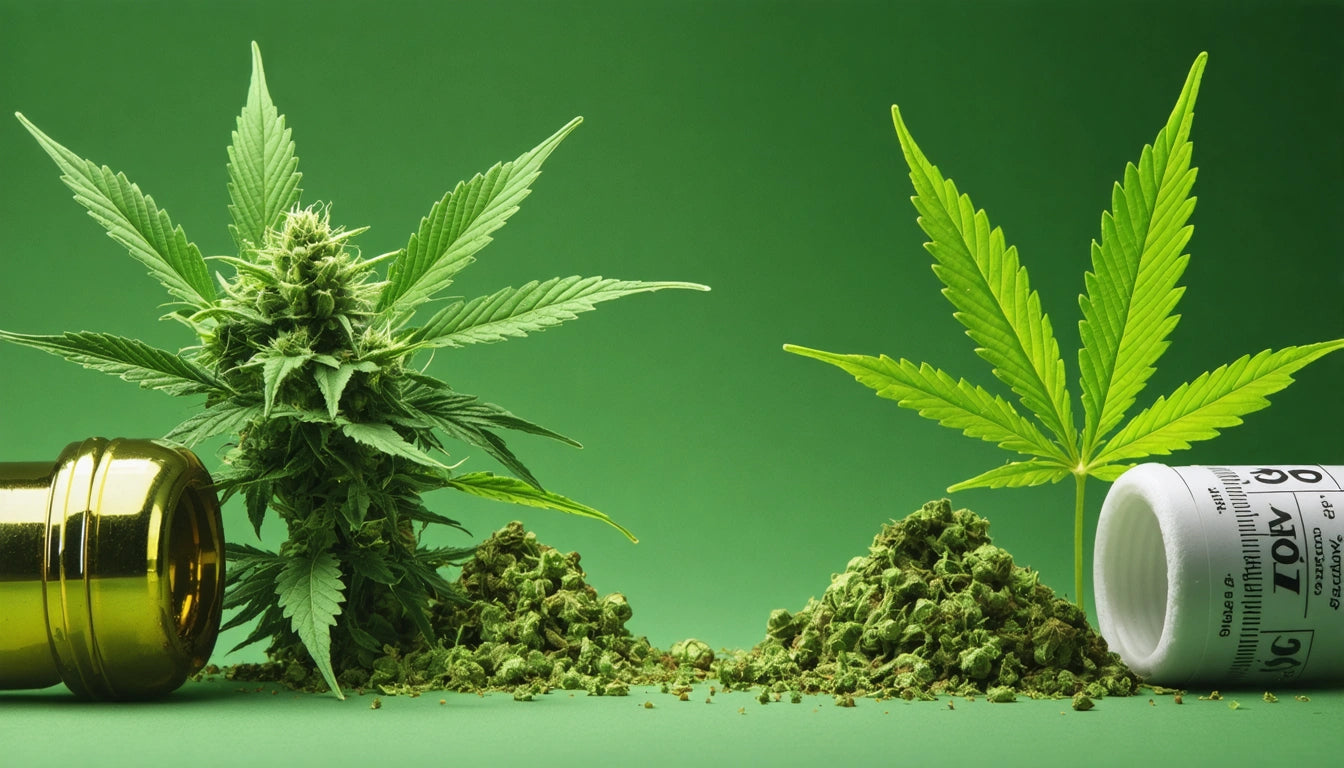Table of Contents
Understanding the Calyx: Its Role and Differences from Pollen Sacs in Flowers
The calyx of a flower represents one of the most fundamental yet often misunderstood components of plant anatomy. For gardeners, botanists, and cannabis cultivators alike, understanding what is a calyx in flower structures provides essential knowledge for successful plant cultivation and identification. This comprehensive guide explores the calyx, its functions, and how to distinguish it from similar structures like pollen sacs.
What is a Calyx in Flower Structure?
The calyx is the outermost part of a flower, typically consisting of sepals that form a protective layer around the developing flower bud. These sepals are usually green, leaf-like structures that enclose and protect the more delicate inner parts of the flower during development. When asking what is the calyx of the flower, it's important to recognize that it serves as both protection and support for the reproductive components within.
In most flowering plants, the calyx appears as the first visible part of the flower bud, creating a protective shell around the petals, stamens, and pistils as they develop. Once the flower blooms, the calyx often remains at the base of the flower, continuing to provide structural support.
The Function and Importance of the Calyx
The calyx serves several critical functions in plant reproduction and development:
- Protection of developing flower buds from environmental stressors
- Prevention of premature pollination
- Support for the flower structure once bloomed
- In some species, photosynthesis (when sepals are green)
- Water conservation in dry environments
Understanding the calyx helps cultivators monitor plant development stages accurately. For instance, when growing cannabis, knowing when plants begin flowering requires the ability to identify early calyx formation.
Calyx vs Pollen Sacs: Key Differences
One of the most important distinctions, especially for cannabis growers, is understanding the difference between calyxes and pollen sacs. This knowledge is crucial for identifying plant gender and preventing unwanted pollination in female plants.
Visual Differences
Calyxes typically appear as tear-shaped structures with small hair-like protrusions (stigmas or pistils in female cannabis plants). They're often more pointed at the tip and have a somewhat flattened appearance. Pollen sacs, conversely, are more rounded or ball-shaped, lack pistils, and grow in clusters that resemble small bunches of grapes.
Functional Differences
The calyx houses and protects the female reproductive parts of the flower, while pollen sacs contain the male pollen that fertilizes female flowers. In cannabis cultivation, pollen sacs are typically unwanted in grow rooms focused on producing seedless flowers (sinsemilla) with high resin content.
For precise identification and separation of male and female plants, many cultivators use specialized equipment for examining and processing plant material during the early flowering stage when sexual characteristics become apparent.
The Cannabis Calyx: Special Considerations
In cannabis plants, what is commonly referred to as the calyx is actually a modified bract that surrounds and protects the seed pod. This structure is particularly important as it contains the highest concentration of trichomes, the resin glands that produce cannabinoids and terpenes.
As explained in our guide about cannabis bract and calyx differences, the true calyx in cannabis is much smaller and less significant than the bract. However, in common terminology, many cultivators still refer to the resin-covered bracts as calyxes.
The development of robust, trichome-rich bracts (commonly called calyxes) is a primary goal for cannabis cultivators seeking to maximize potency and flavor profiles in their flower strains.
How to Identify a Calyx in Different Plant Species
While the cannabis calyx has received significant attention due to its commercial importance, calyxes appear in virtually all flowering plants with varying characteristics:
Common Flowering Plants
In roses, the calyx consists of five green sepals that protect the bud until it opens. In tulips, the sepals and petals are nearly identical in appearance, forming what's called a tepal. Understanding the diversity in calyx structures helps in choosing the best blooms for gardening or commercial purposes.
State Flowers and Their Calyxes
Even state flowers like those from Kentucky, Connecticut, and Maryland display distinctive calyx characteristics that contribute to their unique appearances and classifications in botanical taxonomy.
Cultivation Insights: Maximizing Calyx Development
For cultivators seeking to optimize calyx development (particularly in cannabis where the bract/calyx contains valuable compounds), several factors can influence growth and potency:
- Light spectrum and intensity during flowering stages
- Nutrient ratios, particularly phosphorus and potassium
- Environmental stress management
- Genetic selection for calyx density and size
- Harvest timing to maximize trichome development
Understanding flower anatomy and growth patterns allows cultivators to make informed decisions about when to harvest for optimal potency and yield.
Whether you're growing ornamental flowers or cannabis, recognizing the calyx and distinguishing it from pollen sacs represents a fundamental skill. This knowledge not only enhances cultivation success but also deepens appreciation for the remarkable complexity of plant reproductive systems. As cultivation techniques continue to evolve, understanding these botanical basics remains essential for both hobbyists and commercial growers alike.











Leave a comment
All comments are moderated before being published.
This site is protected by hCaptcha and the hCaptcha Privacy Policy and Terms of Service apply.